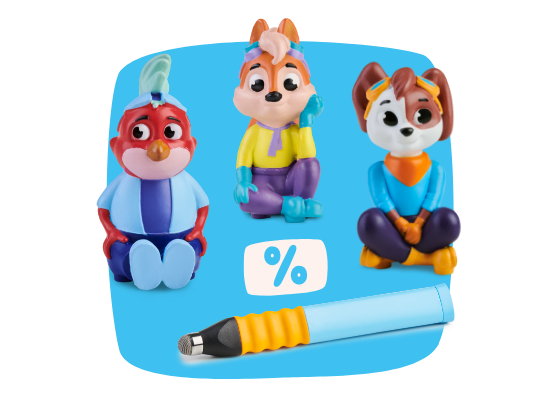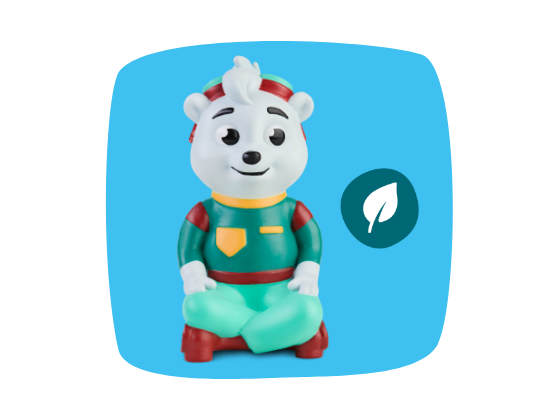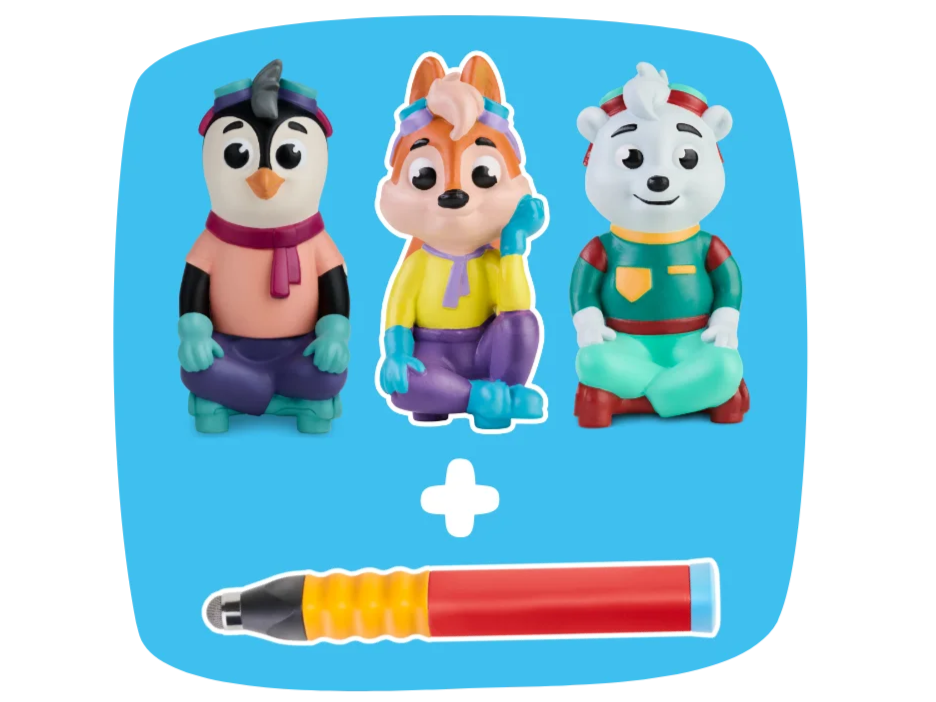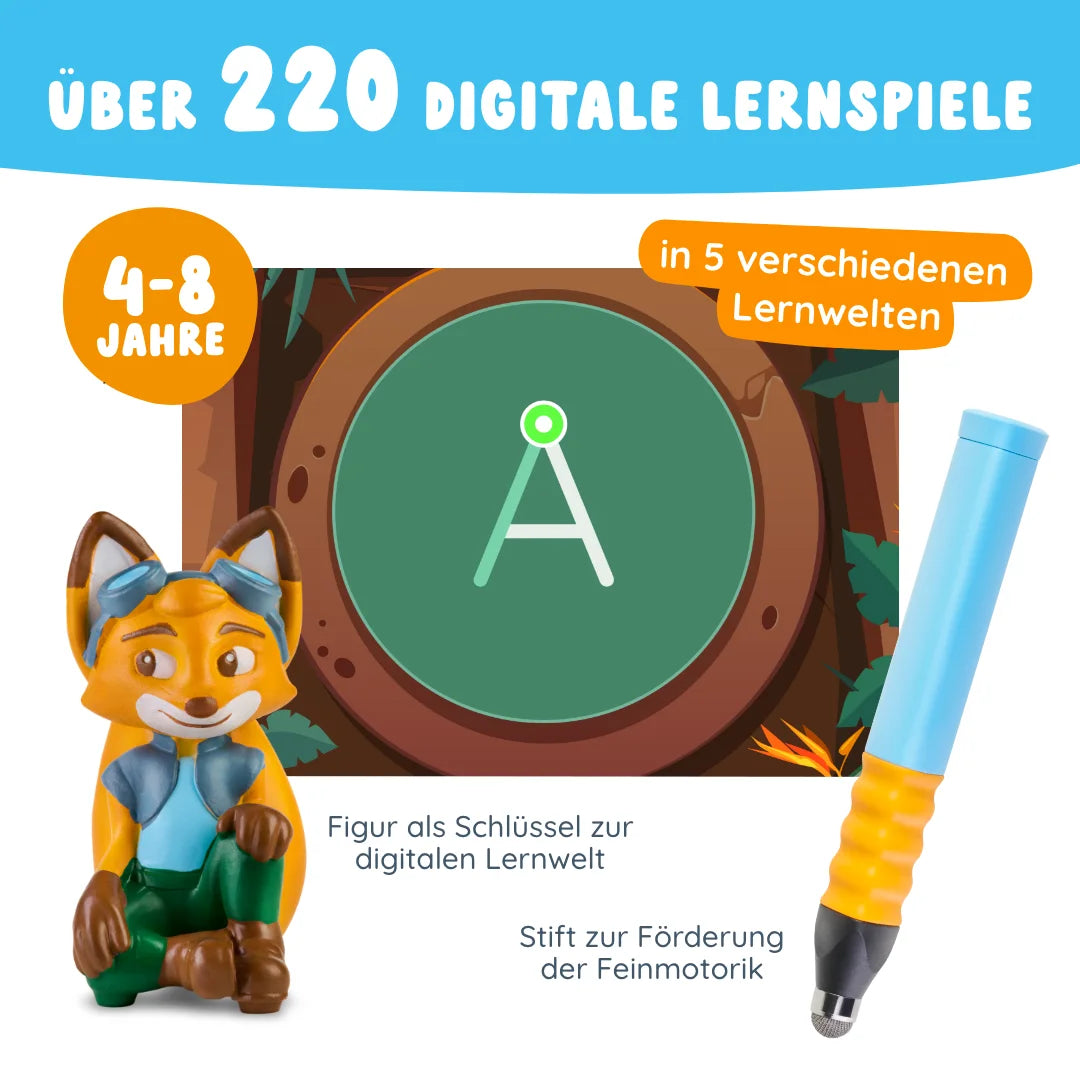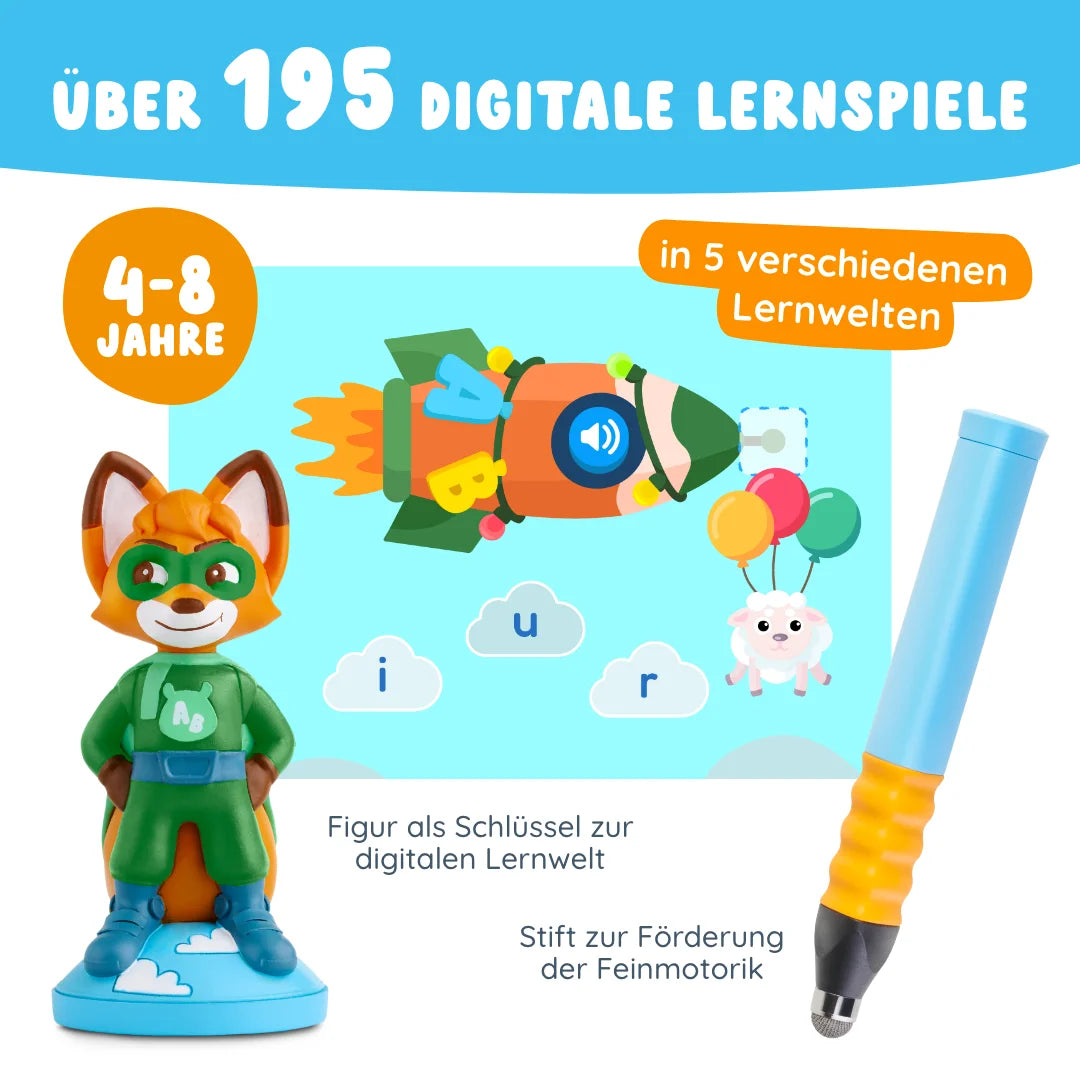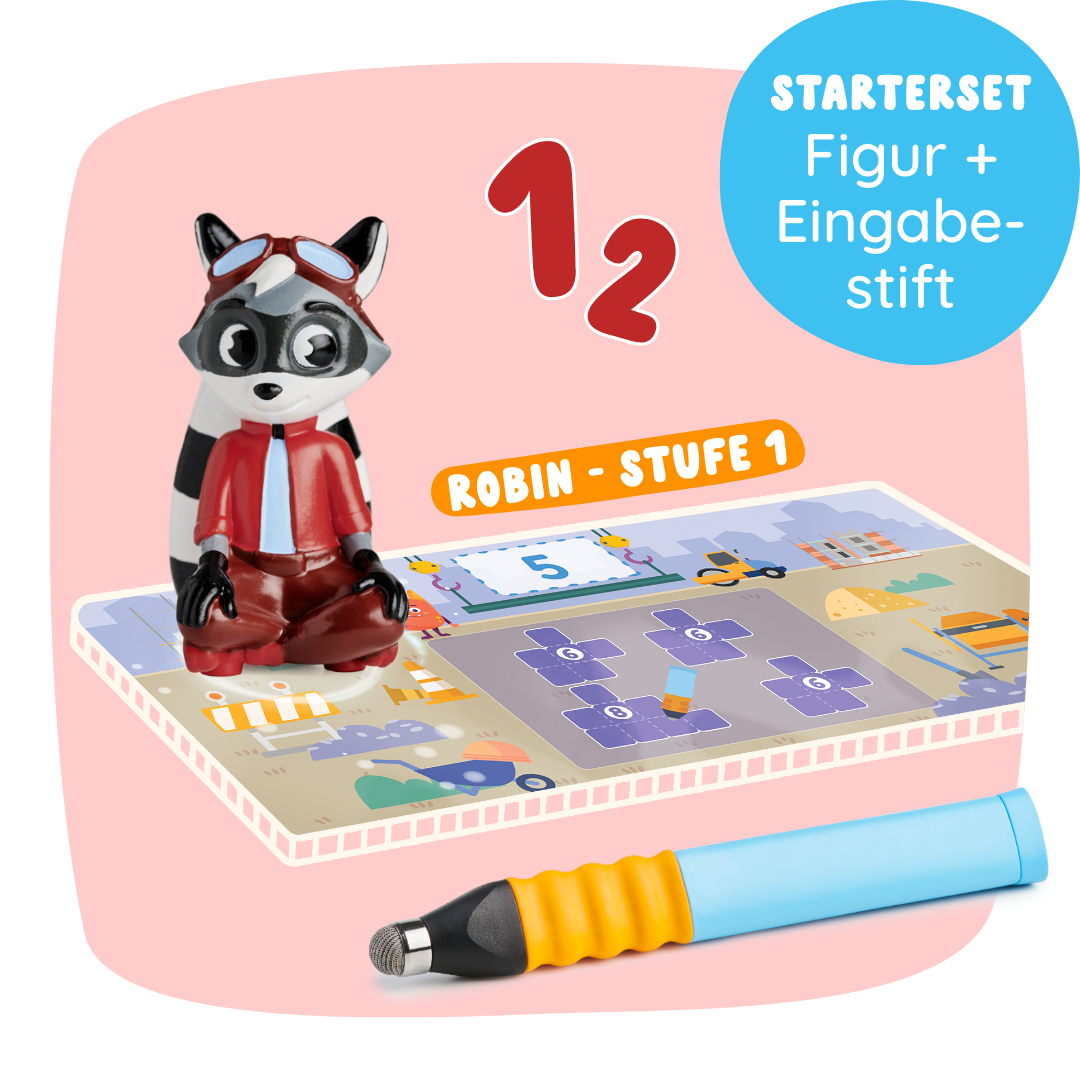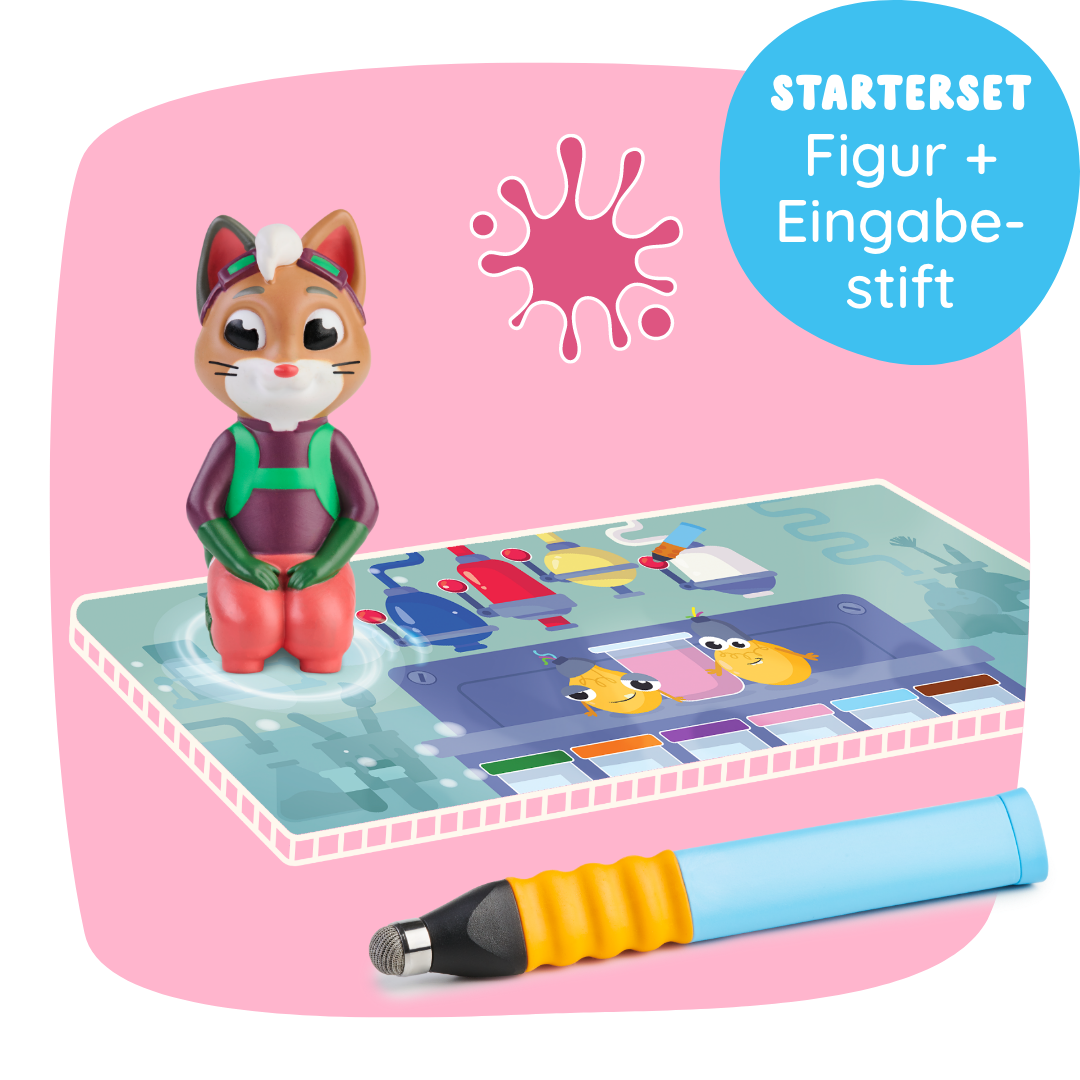My feelings naming – children learn to express their emotions 💛
Feelings are sometimes difficult for children to categorize. Joy, anger, or sadness appear suddenly – and children don't always know how to deal with them. With EDURINO and the character Leo, your child will practice talking about feelings, naming them , and understanding them better, step by step.

At what age should children start talking about feelings?
Even at kindergarten age, children display a wide range of emotions. They laugh, cry, get angry—and are curious about the feelings of others. This is precisely where Leo comes in: The figure helps your child find their first words for feelings and develop an awareness of their own emotions. This way, children learn early on that it's important to talk about feelings and respect the feelings of others .
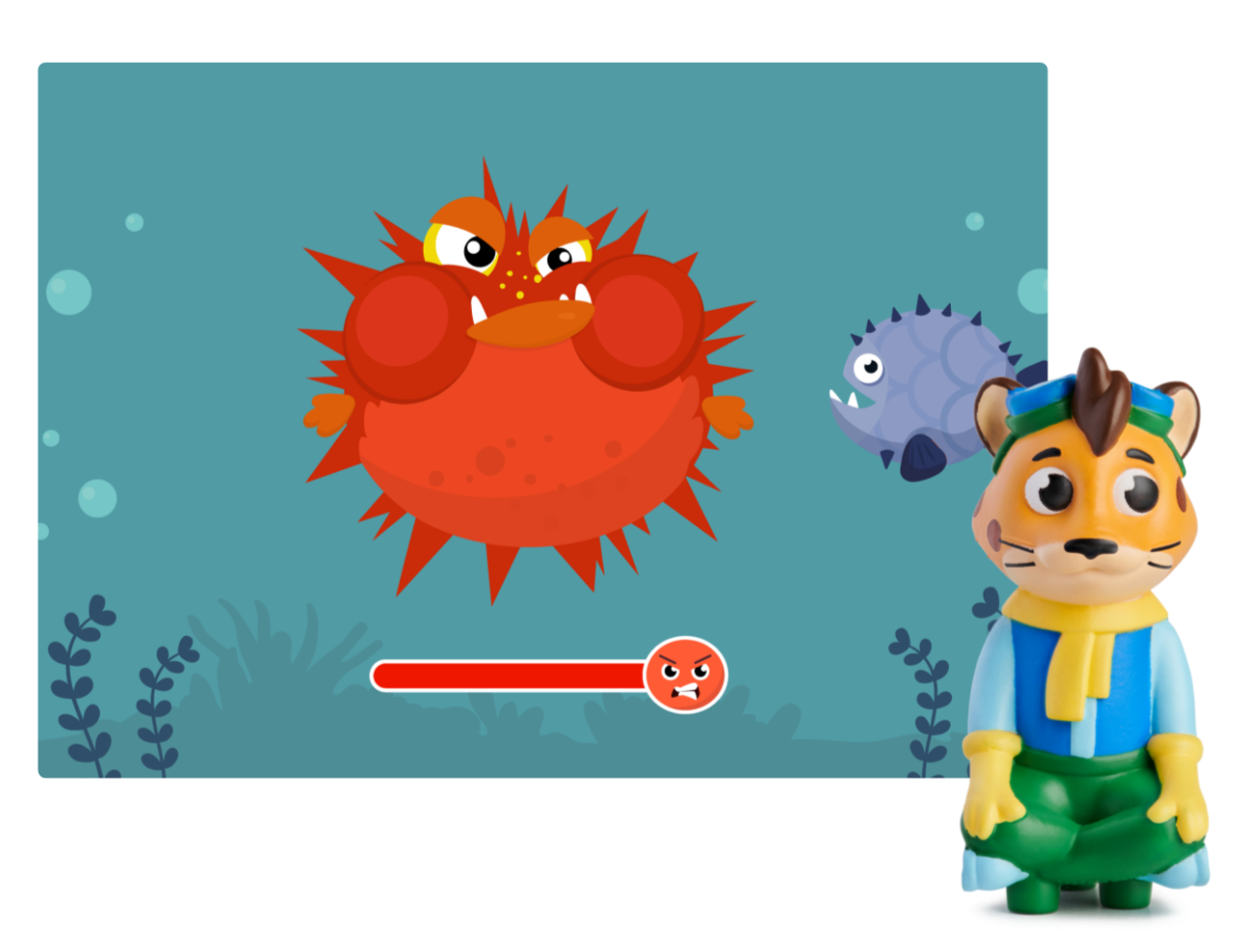
Naming, understanding and expressing feelings
How children learn to understand their feelings step by step
In order for children to be able to deal with emotions, they need a growing vocabulary.
Before we begin: Each emotion is explained in a child-friendly way so that your child recognizes the connection between the feeling and the situation.
- Recognizing emotions : Your child learns to distinguish between basic emotions such as joy, anger, fear, or surprise.
- Expressing feelings : Exercises help organize thoughts and communicate emotions in different ways.
- Dealing with feelings : Emotion regulation strategies help you cope with difficult feelings such as fear or anger.
This creates the ability to understand feelings , to name them correctly and to talk about them openly.
Discovering feelings playfully with Leo
Talking about feelings makes children strong
Leo takes your child on an exciting journey through stories where emotions play an important role. Through interactive exercises, your child learns to better perceive their own emotions and interpret other children's signals. This strengthens self-confidence, empathy, and the ability to resolve conflicts peacefully.
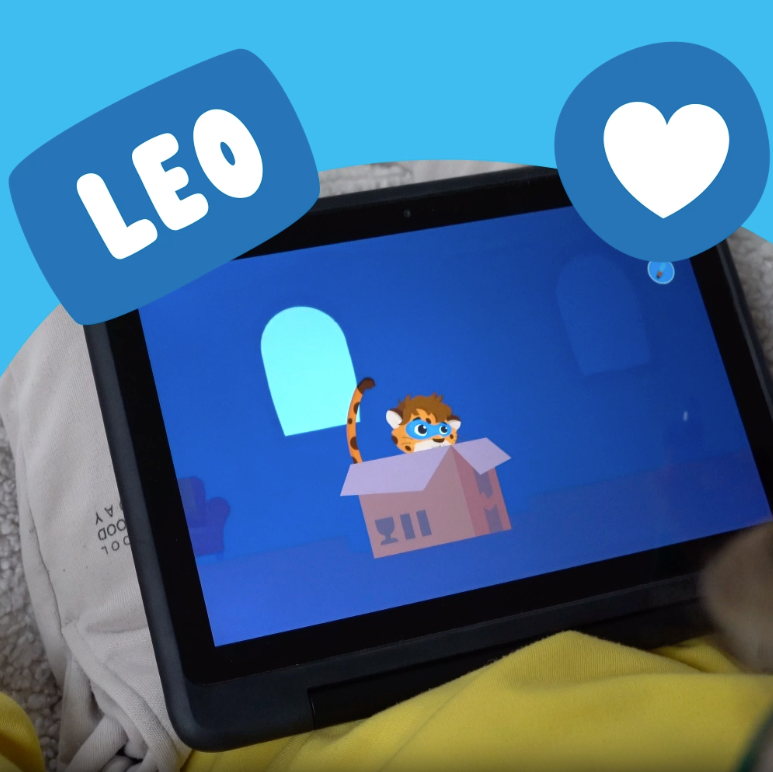
Parents as important companions
How parents can support children with their feelings
Feelings are best practiced in everyday life. Parents play a central role when it comes to talking about feelings with children. Before you begin: It's important to listen openly and respectfully – every feeling is allowed and important.
- Naming feelings : Help your child find words for emotions (“You seem sad”).
- Reflecting feelings : Describe what you perceive and give your child guidance.
- Create routines : Set times to talk, for example in the evening, help you discuss feelings regularly.
- Praise and encouragement : Every step in dealing with emotions is a success. This way, children learn that it's natural to talk about their feelings.

Combine digital & analog
Understanding feelings – children learn it through play
Leo combines digital learning games with everyday exercises. This way, children learn not only to understand emotions theoretically but also to express them practically.
Before playing: Children benefit from variety – whether listening, talking, or drawing feelings.
- Recognizing and naming feelings with Leo .
- Use painting exercises to make emotions visible.
Have conversations in everyday life to deepen the understanding of feelings .
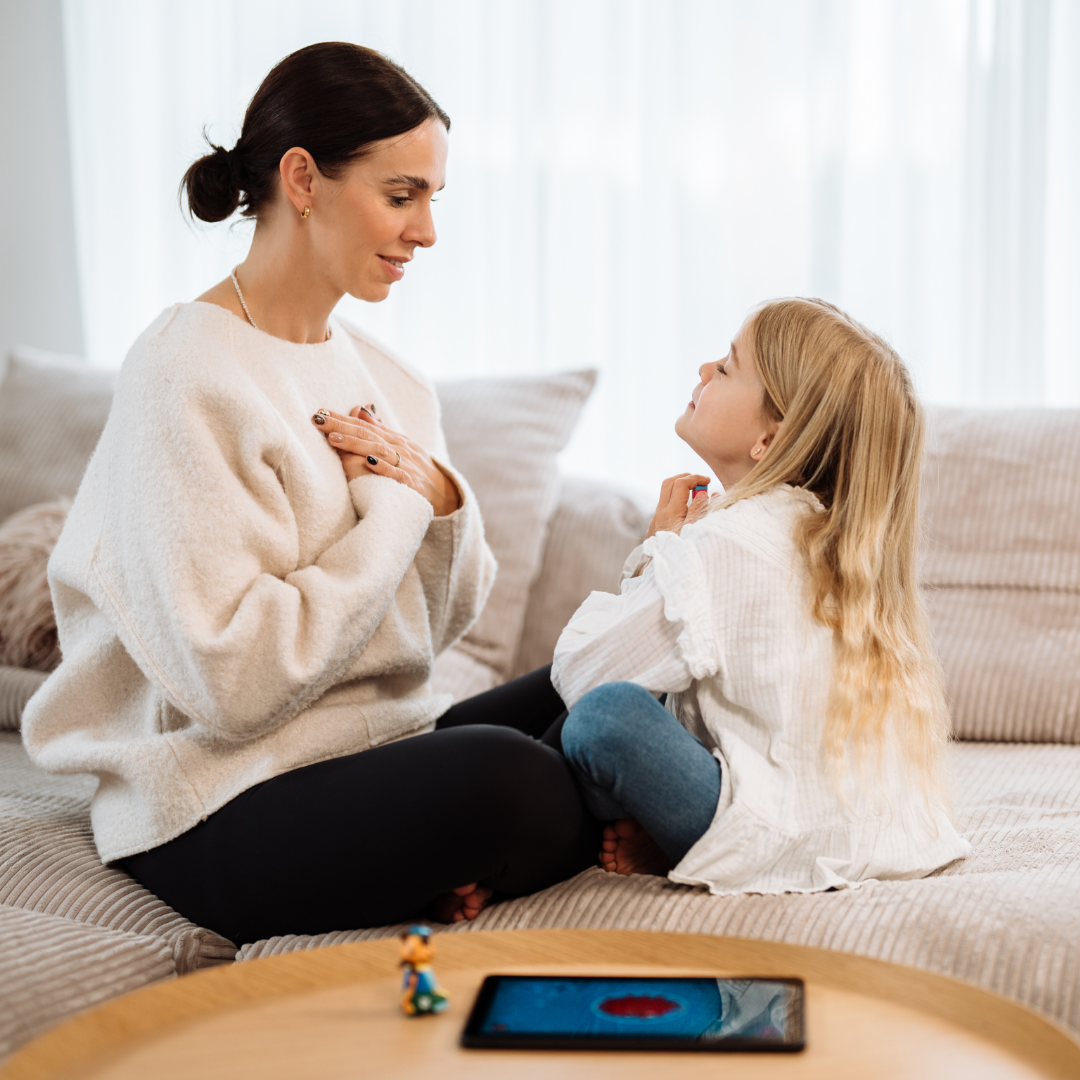
Strong together through life
Talking about feelings – children grow with Leo
With the EDURINO Leo figure , your child learns that all feelings are important and acceptable. They develop the ability to recognize, name, and deal with emotions appropriately. 👉
Discover Leo now and learn to talk about feelings in a playful way!
There is so much to discover!
More exciting learning worlds 🤓
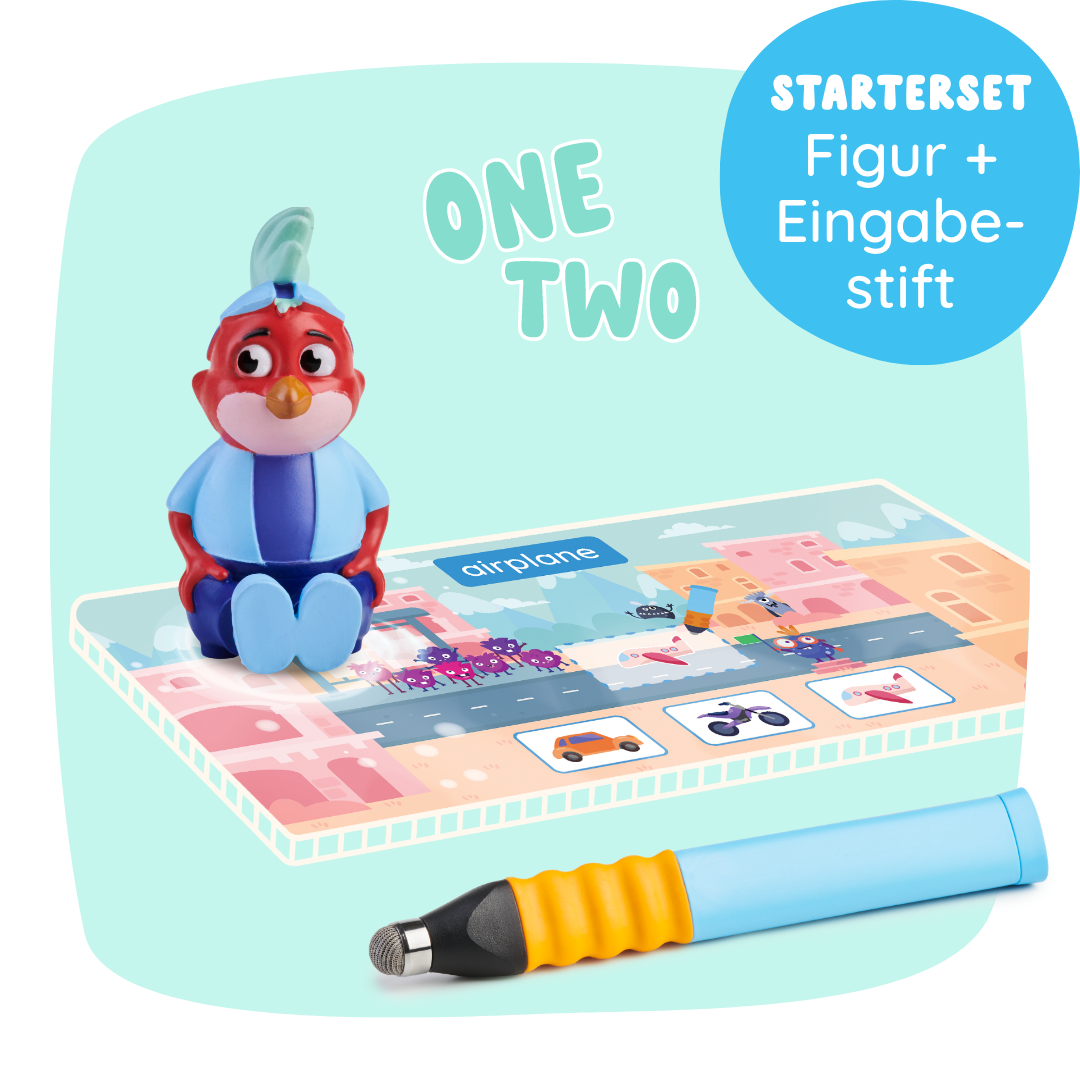
Niki – English
With Niki, you'll learn your first English words, hear exciting stories, and discover a new language with ease. Let's have some fun!
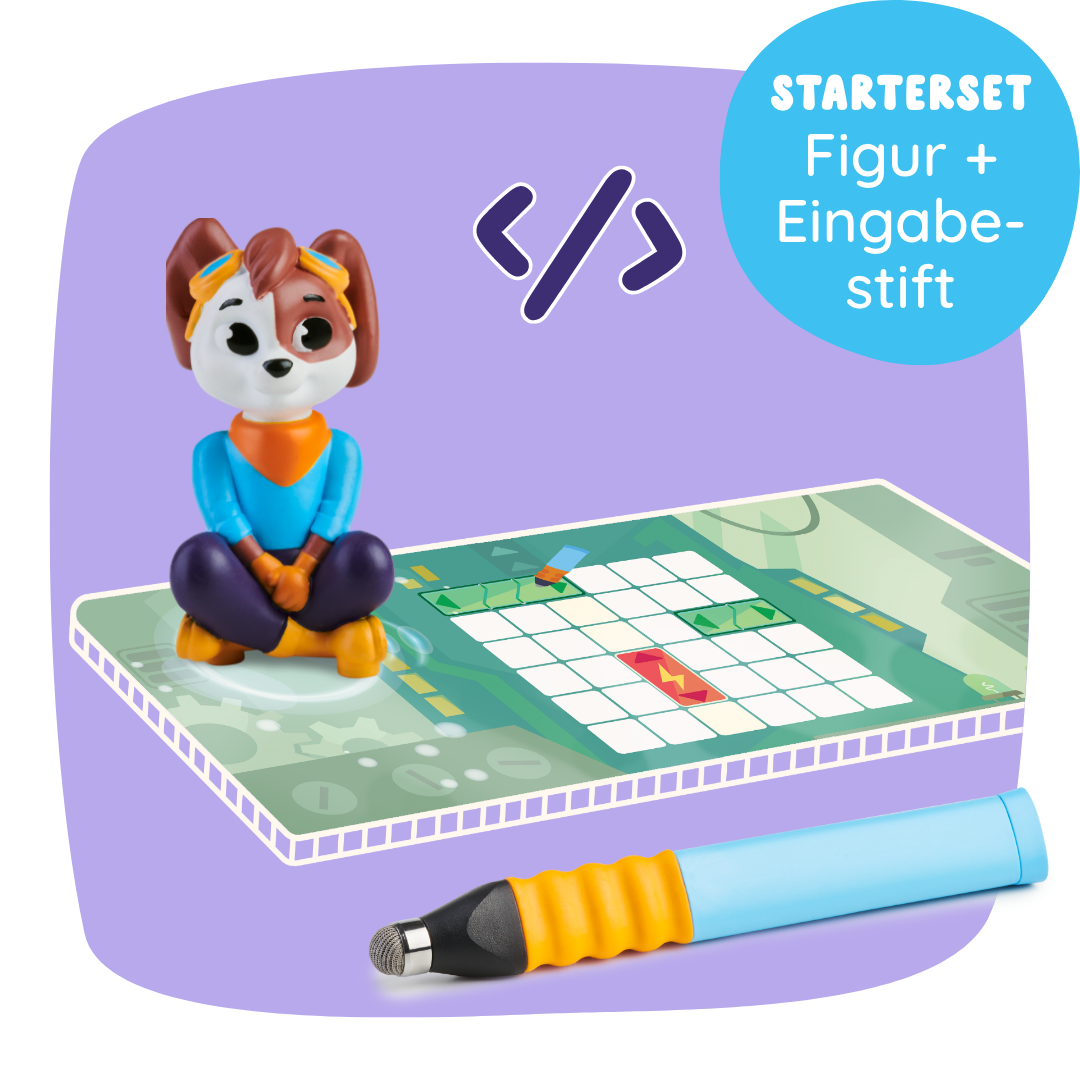
Luca – Coding
With Luca, you'll solve tricky puzzles, program your first sequences, and train your logical thinking. Perfect for clever tinkerers!

